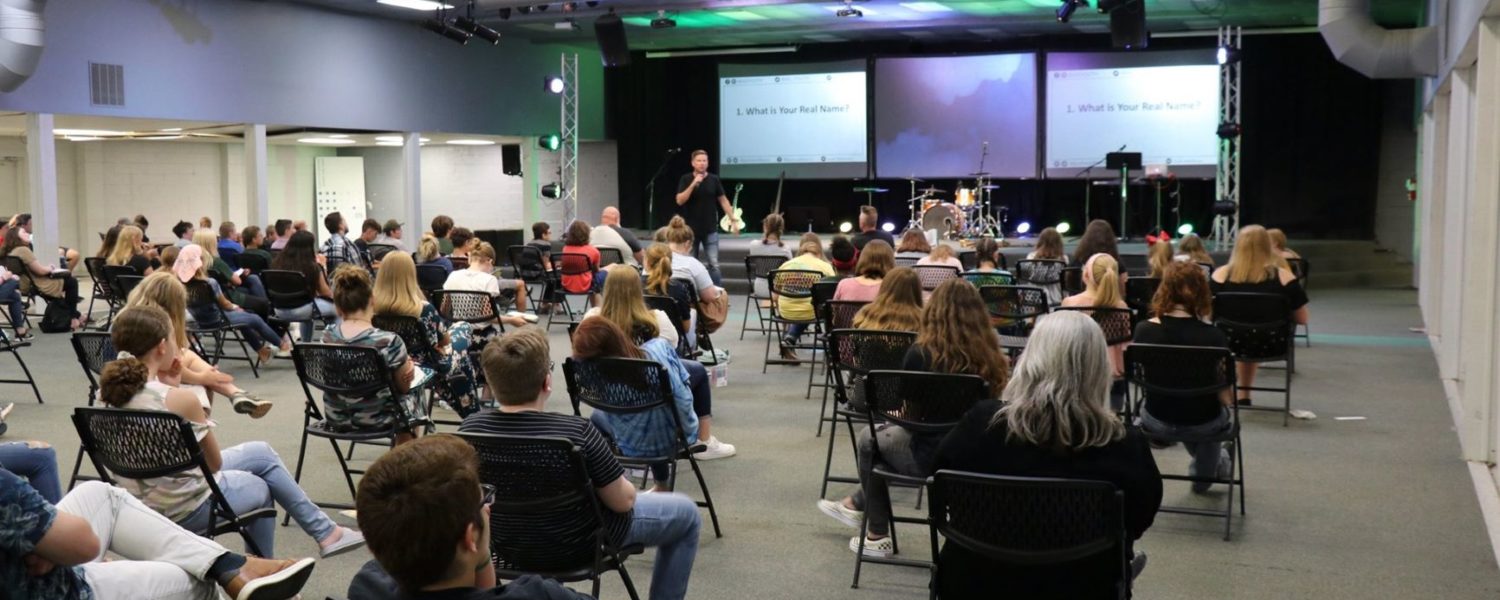Everyone in the event industry was holding their breath last year to see what else 2020 would unleash. Events got smaller and harder as gathering restrictions increased their grip. But in-person events aren’t a thing of the past…yet.
While some people may believe that the transitions made in 2020 will be the undoing of how we previously hosted events, they are not going to destroy them completely. Events aren’t dead, just different.
The primary concern for event guests is the cleanliness of hands to prevent the spread of disease. Think of all the signs/announcements out there to remind you to wash your hands for at least 20 seconds.
At upcoming events, every entrance and high-touch area will be guarded by hand wash stations and bottles of hand sanitizer. As guests enter, they can start the session, meal, etc. with a fresh set of hands. You may also find small bottles of hand sanitizer in guest rooms and SWAG bags.
The best way to handle an issue is to stop it before it starts. In addition to sanitizing stations, look for other preventative measures when it comes to spreading disease:
- Implement an alternative to handshaking policy.
- Use individually packaged items placed at guests’ seats before they arrive.
- Leave meeting room doors open during guest arrival and departure to avoid multiple-touch door handles.
The less items people have to share, the less germs they will spread. Here’s a few high-contact areas you may not have thought about:
- Registration Tables (pens, clipboards, touchscreen kiosks)
- The Stage (mics, podiums, chairs)
- The Sound Booth (soundboard, computer)
- Merchandise Tables (cash or credit cards, touching the merchandise)
Six feet apart isn’t going to be the only distance. For venues that normally host multiple groups simultaneously, there may be extra separation precautions in place to keep groups from intermingling, especially in common areas like the dining room and gym.
If your group likes to be exclusive, this may be a benefit. Smaller venues can host you with full run of the property and no fear of being around strangers. There will also be measures to separate a group into smaller groups that stay distanced.
Masks may become a part of the dress code. For those instances where distancing isn’t possible, face masks will be worn to prevent the spread of disease between guests. Depending on the venue, this could be a requirement to enter a building or meeting session. This is yet another item event planners may include in SWAG bags. It sure provides an ideal spot for advertising the event and logo.
Hot spots in food service will have planners rethinking the snack table. Whether it’s a coffee bar, meeting room snack table, or a reception with finger foods, the premise is the same—set it up and allow guests to graze at their convenience over time.
Ways to combat concerns in this area are to:
Provide Individually Packaged Snacks
Pro: Foods like cookies, ice cream, and even veggie sticks can be bought prepackaged. This is easy to set up and keep stocked. You also don’t mess with plates or utensils, and it limits spills that occur when trying to fill a plate or cup. Just make sure there are enough trash cans around to throw away the wrappers.
Con: This isn’t the most cost-effective measure. Excess packaging also means more waste, so it’s not the greenest option. Also packaged snacks can be used in casual settings but would not fit well into a formal event.
Serve Them
Pro: You could opt for a handful of gloved volunteers either serving at the snack table or walking around distributing to each guest. This removes any hot spots for spread. This idea of serving can also be a more detailed and welcomed option for formal events.
Con: You’re either paying the venue to serve or you are recruiting volunteers to do so. As a planner, you will also have to actually carve out a time for this snack to happen; eliminating the grazing option for guests to come and go as they please, which isn’t as convenient when your meeting/conference lasts all day.
Many events have taken on health pre-screenings for guests. This could be temperature checks at entrances or questionnaires at registration. The idea is that only healthy guests will be allowed admittance, which reduces the risk of spreading viruses.
It is most important to communicate with guests. Provide them with information that explains what measures you and the venue are taking to keep them healthy and safe.
Ensure everyone knows what to do if they are feeling ill. Where is the nurse’s station? Do you have an isolated area for guests to go that are sick, if they cannot immediately go home? Talk with guests openly so that they feel comfortable sharing any health concerns.
Be prepared to be flexible. Make sure to adhere to any state or federal regulations on meetings and events. The venue will be able to help you with this; however, it is important to stay up to date. Remember, rules change.
There is no denying that the pandemic has affected events, from business meetings to leadership retreats to youth camps. They may be different, but events will not die from COVID-19.
This article is courtesy of Christian Retreats Network, which offers conferences and retreat packages with everything you need to have a successful ministry event at a location near you, www.christianretreatsnetwork.org.












